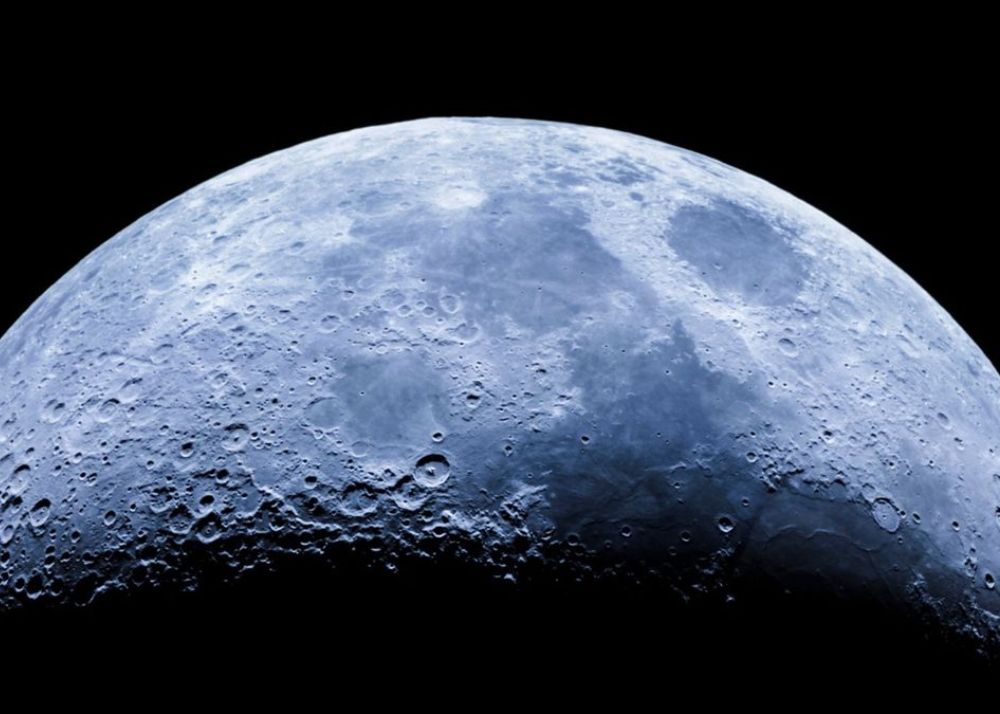A new discovery by scientists shows that Lunar water is found in tiny beads. The research shows that these tiny beads contain billions of tonnes of water on the Lunar surface.
These findings were published in Nature Geoscience. It finds that these tiny beads are created by meteorite impacts on the lunar surface.
The International team of researchers from the Chinese academy of science discover exhilarating findings on the lunar surface.
The discovery of water on the lunar surface is a big step for the Artemis-I mission. It’ll help astronauts to identify more impact beads on the moon.
What are Impact Glass Beads Found on Lunar Surface?

Lunar Impact Beads
Impact glass beads are produced when asteroids hit the lunar soil and Regolith surface. Due to heat this water evaporates and is stored in impact glass beads.
Also Read: Researchers Discover Origin of the Earth’s Volatile Chemicals
China Lunar Exploration Program Chang’e 5 Brought the Impact Glass Beads Samples

Chang’e – 5 spacecraft
China’s lunar exploration program send Chang’e 5 to the moon and in return, it brought back the lunar soil.
They examined the lunar soil and found out that impact glass beads are rich in water content, per gram of bead containing 0.002 grams of water.
They calculated these findings and find out these glass beads could account for about 3.0 x 1011 and 2.7 x 104 Kg of water on the moon’s surface which is about one and 500 Sydney Harbours.
Professor Sen Hu from the Chinese Academy of Sciences says “These findings indicate that the impact glasses on the surface of the Moon and other airless bodies in the solar system are capable of storing solar wind-derived water and releasing it into space.”
Lunar Water Found in Impact Glass Beads Have Different Isotopes

The lunar water has different isotopes with different masses shows that the water probably comes from the solar wind.
On the moon water form from the sun has reacted with the moon’s rocks’ Oxygen and produces water or H2O.
The discovery of lunar water on these impact beads now clears the path for future lunar missions to search for water on the moon’s surface.
Also Read: A New Revolution in Space Tech: 3D-Print Batteries in Lunar or Mars Mission



